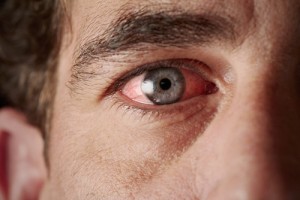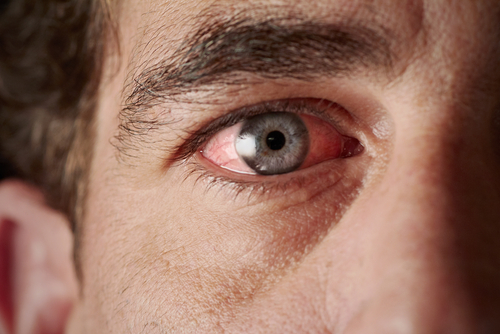 Recent studies revealed that people at higher risk of developing diabetes are unaware that they can become blind or develop diabetic eyes diseases. These high risk groups are not undertaking preventive eye exams as they should and are extremely vulnerable to diabetes-related vision problems and loss. With these new findings, the American Academy of Ophthalmology is concerned and is sharing information about these health issues and encouraging diabetics to be proactive and protect their vision.
Recent studies revealed that people at higher risk of developing diabetes are unaware that they can become blind or develop diabetic eyes diseases. These high risk groups are not undertaking preventive eye exams as they should and are extremely vulnerable to diabetes-related vision problems and loss. With these new findings, the American Academy of Ophthalmology is concerned and is sharing information about these health issues and encouraging diabetics to be proactive and protect their vision.
Hispanics and African-Americans are more likely to develop diabetes than the other ethnic groups. Despite this, only 27 percent of Hispanics know about diabetic eye diseases and only 32 percent of African-Americans are aware of it according to data from a recent pool by the Alliance for Eye and Vision Research. Furthermore, even with the Academy recommendation that people with diabetes should have a dilated eye exam once a year, a recent Ophthalmology journal study says that 75 percent of Medicare beneficiaries with macular degeneration, glaucoma, or diabetes (conditions that require annual exams) that did not receive an eye exam in five years were diabetic.
Raj K. Maturi, M.D., ophthalmologist and clinical spokesperson for the American Academy of Ophthalmology, expressed his concerns: “It’s alarming that so many people with diabetes or at risk for diabetes may be unaware of the damage their condition can do to their eyes and may not be getting exams to check for it (…) Outside of maintaining good blood glucose levels, having an annual dilated eye exam is the best first line defense against vision loss from diabetic eye disease.”
If left untreated, some diabetic eye diseases can evolve into serious blindness problems such as diabetic retinopathy, cataracts, and glaucoma.
Diabetic retinopathy is a condition that affects nearly 29 percent of diabetic people who are 40 years old or older. It happens when small blood vessels in the eye change because of swelling, leaking fluid, or closing off completely. When this occurs, the blood flow cannot reach the retina anymore. In the early stages of the disease, there are no symptoms. Later, however, macular edema can occur and, as consequence, vision loss. It can be treated early with laser surgery, injections and vitrectomy surgery.
Cataracts occur when the lens of the eye becomes cloudy, affecting vision. Cataracts occur in elderly people mostly, but diabetics are more likely to develop this disease as well. Cataracts can be treated with eyeglasses in early stage cases, but when the condition becomes advanced, surgery might be needed. The cloudy lenses are removed and replaced by artificial ones known as intraocular lenses or IOL.
Glaucoma is a condition that damages the optic nerve and the peripheral vision. Usually it is caused by high pressure in the eye. Diabetics are more likely to have this disease and, just like diabetic retinopathy, is asymptomatic in early stages. It can be treated with medication such as eye drops or with surgery; if left untreated, it might result in blindness too.
Type 2 diabetics should get a dilated eye exam every year, according to The Academy. Seniors that haven’t had an eye exam recently and may be concerned about costs can qualify for EyeCare America. This is a program of the American Academy of Ophthalmology that offers exams and care for eligible seniors who are 65 years or older.


